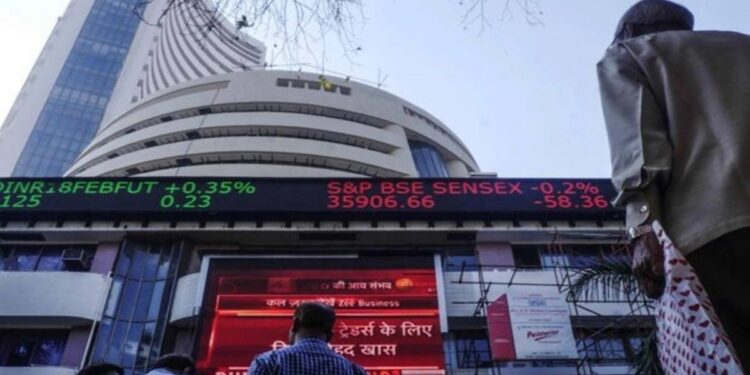On Monday, the Bombay Stock Exchange (BSE) relaunched its Sensex and Bankex derivative contracts with a twist — a Friday expiry. With the squaring-off of Nifty positions on Thursdays, the BSE expects available capital to be put into use in the newly launched products. In addition, the lot size has been reduced from 15 to 10 for Sensex derivatives and 20 to 15 for Bankex derivatives. BSE’s new MD & CEO Sundararaman Ramamurthy tells Siddhant Mishra that investor education is the need of the hour to ensure people trade in Options responsibly. Edited excerpts:
What was the idea behind a Friday expiry for the newly launched products?
A plane makes money only when in flight, not when grounded. Likewise, capital makes money only when put to use. Today, we mostly see weekly products.
Feedback from the market suggested a new product on Thursday wouldn’t work, given that the entire concentration would be on one product. However, in the case of a Friday expiry, there would be capital available after closing positions in the Nifty on Thursday.
There is a huge scope to leverage the interplay between the Sensex and Nifty and between the Bankex and Bank Nifty — thanks to the high correlation. The volatility profile of Sensex and Bankex is slightly better as it has fewer stocks, and the earnings in CAGR terms are very high. The advantage of having a ‘relatable’ product is that it acts as a benchmark to help set the price, implied volatility, etc.
Many brokers don’t have terminals offering BSE derivatives. What are the challenges you see?
No doubt, we have a mountain of a task ahead of us. Derivatives have been around in India for over 20 years, and the BSE is yet to open its account. We’re trying to address the 20-year legacy.
Lots of clients are not KYC-compliant, brokers use software that is unlicensed, and many-a-time, the software doesn’t provide the choice of BSE equity derivatives. Further, some have front-end but not back-end capability. But somewhere, we have to make a start.
Sebi has tightened scrutiny on exchanges’ tech infrastructure, with the Standing Committee on Technology tasked with ensuring compliance? Is that a drag on the bourses?
What the regulators are trying to do is ensure and address probable tech glitches and bring in as much management attention to technology. Today, exchanges have become technology factories. Sebi’s intention is not to be a drag on the exchange but rather augment the capabilities of the exchange.
The BSE has among the most superior tech in terms of trading infrastructure — set up long back with the help of Deutsche Börse — which is globally recognised for its speed, robustness, and architectural capability for scaling up. We don’t see it as a challenge as the regulators have been supportive.
Is the surge in the number of people flocking towards options trading, even when nine out of 10 make losses, a worrying sign?
Using any product mindlessly without understanding its features is a worrisome sign. Therefore, what we need the most is investor education. Market infrastructure institutions (MIIs) should explain the non-linear nature of options to the investing public. It can’t be thought of as a low-priced stock or a lottery ticket.
People have the notion that if they invest Rs 20, it could generate say Rs 200 if things work out, and even if they lose, it will just be the Rs 20. That’s not the mindset to have while trading. Instead, invest in alternative products such as mutual funds.
One anticipates the market to gain and doesn’t have sufficient money to invest in full. Buying an Option makes sense here, so they could reap the benefits when indices go up and won’t be at a loss when going to the equity markets. On the other hand, if they wait for the markets to gain and then choose to invest, then they will be left with insufficient money. Hence, when used with understanding, Options can benefit retail investors too.
Has stopping the Liquidity Enhancement Scheme (LES) had any impact?
The LES was tried for a long time but it didn’t bring in depth, nor did it address the ecosystem and infrastructure issues. If these don’t get addressed, there won’t be liquidity coming in, and hence it doesn’t add value.
Once the ecosystem is sorted, there won’t be any need for the LES. Where was an LES when the Nifty or Bank Nifty started?
Given that the BSE has a huge ground to cover in terms of market share in both the F&O and cash segments, what are the plans to shore up volumes?
I don’t see myself competing with anyone but trying to create a vibrant exchange. Equity market volumes have been falling since the last one-and-a-half decades or two on the BSE, not over three or six months. Institutional participation, FPIs’ capability to participate, awareness that there should be at least two vibrant exchanges are factors we are working on to arrest the slide. We are doing well in currency futures and are making efforts in Options.
















